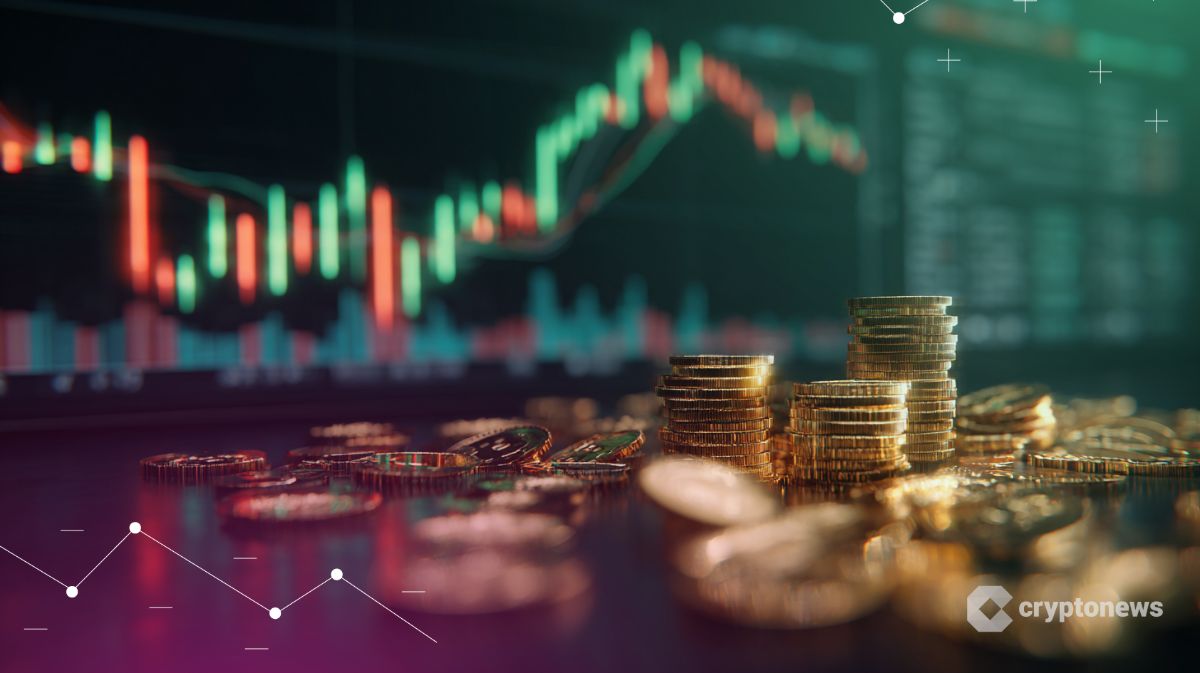Bank of China steady in Q3 with ¥60.1B profit amid weak loan demand
Bank of China reported a 5% rise in third‑quarter profit, showing that the bank held its ground even as the wider economy deals with weaker loan demand. The lender said net income reached ¥60.1 billion, equal to about $8.5 billion, according to the filing it released on Tuesday.
The bank kept its net interest margin at 1.26%, the same level it was at the end of June. The non‑performing loan ratio also stayed unchanged. No drama. No surprises. Just what the numbers said.
This result acts like a window into how the major state‑owned banks in China are handling the current economic environment. The country is preparing for a more intense trade situation with the United States.
At the same time, officials in Beijing are working on the next five‑year development plan, where they said they want to support growth and push up domestic spending. The tone is steady: keep the economy moving, do not let things slip.
Weak loan appetite pressures the banking system
The broader economy slowed. Official figures last week showed that China’s economy grew at its slowest pace in a year in the third quarter.
Meanwhile, the People’s Bank of China data showed that new yuan loans to the real economy fell by ¥851 billion in the first nine months from the same period a year earlier. That means households and companies are simply not borrowing much.
Investors are paying close attention to profitability and asset quality because banks in China depend heavily on lending to help economic activity pick up again.
Chinese commercial banks together reported ¥1.24 trillion in profit in the first half of the year, which was down 1.2% from the year before. Meanwhile, non‑performing loans hit ¥3.4 trillion, which is the highest level on record. The pressure is there. It is not hidden.
The other large banks, Industrial & Commercial Bank of China, China Construction Bank, and Agricultural Bank of China, are expected to release their quarterly numbers on Thursday.
Everyone will be watching to see if their results echo the same picture: steady margins, slow credit demand, and no sharp deterioration.
Central bank signals return to bond buying
Analysts now expect the People’s Bank of China to come back into the bond market. This would be its first return to debt purchases since January.
The goal would be simple: support cash conditions, avoid tight liquidity, and help calm market swings caused by traders shifting into rising equities linked to improved US‑China trade sentiment.
A note from Shenwan Hongyuan Securities, including analysts led by Huang Weiping, said the bond trading move “may focus on net buying in the short run.” The note added that government credit is playing an important role in economic and social development right now.
PBOC Governor Pan Gongsheng said on Monday that the bank will resume open‑market bond trading, but gave no timeline. He said earlier that the suspension this year was due to imbalances in supply and demand, along with higher market risk.
Before the pause, the central bank bought a net ¥1 trillion in sovereign bonds over five months, starting after it opened regular transactions with primary dealers in August 2024.
That run ended in January when yields dropped to record lows due to weak economic confidence. Since then, bond yields climbed, including the 10‑year benchmark reaching its highest point this year in September. That rise makes bond buying easier to justify now.
Guosheng Securities estimated that the central bank will need to buy ¥700 billion to ¥1 trillion in sovereign debt to rebuild its holdings. Its bond portfolio dropped by ¥660 billion to ¥2.22 trillion from December to September as notes matured.
Analysts at Huaxi Securities said the PBOC may buy both short‑term and long‑term government bonds, noting that supply in 5‑10 year bonds increased this year, which may push the bank to take more long-dated bonds in this round.
Want your project in front of crypto’s top minds? Feature it in our next industry report, where data meets impact.
You May Also Like

SOL Volume Bot: Understanding Automated Liquidity and Market Activity on Solana

Crypto Market Cap Edges Up 2% as Bitcoin Approaches $118K After Fed Rate Trim
